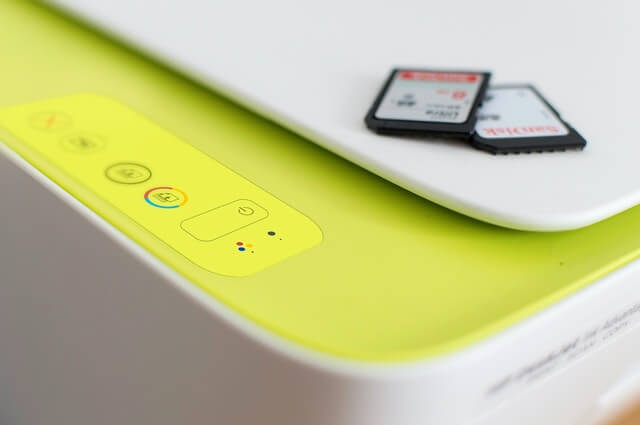When Should You Buy A New Printer?
Apr 01, 2020 6:56:49 PM

Consumers who aren’t tech-savvy need guidance on assessing whether it’s worth keeping old printers going. The average lifespan of a home or office printer is around five years but most printers can last much longer with proper maintenance and upkeep.
So, how do you know if your printer has run its course? Here in this post, we cover the top five signs that indicate you need to buy a new printer.
1. Your Needs Have Changed
If you are using an old printer that doesn’t match your requirements, you may be spending your money on an inefficient device.
For instance, inkjet and laser printers are built to meet a varied set of needs.
Inkjet printers tend to cost less upfront but are great for printing photos and colorful documents. These devices are also suitable for casual printing in homes and micro-offices.
Laser printers, on the other hand, are more suitable for users who need to print text-heavy documents on a regular basis. You may also want to buy a new monochrome laser printer if you print a large number of pages in black & white every month.
Consider your current needs to figure out if you need to switch from an inkjet to a laser printer or vice-versa. In another post, we’ve discussed in detail how you can make the right choice between an inkjet and a laser printer.
2. Replacement Cartridges for Old Printer Are Too Expensive
Most printer manufacturing companies sell printing devices at break-even or even a loss. They make up for this loss or reduction in profits by charging a premium on replacement printer cartridges.
This ‘business model’ is applicable to nearly all printers, whether they were sold last month or a decade ago.
But if you bought a printer, say 10 years ago, chances are that you’re paying more for a set of replacement inks or toners than you did for the device itself.
Using a printer that has a poor print economy (cost-per-print) means that you are spending a few cents more (that you can save) each time you print a page. If this is the case, you should consider buying a new printer, preferably one that uses high-yield cartridges.
Obvious as it may sound, upgrading your printer is one of the recommended ways businesses can save on printing costs.
3. Old Printer Takes Too Long to Print Anything
With repeated use, printers tend to get sluggish at printing. It generally happens due to wear and tear of internal components.
If you notice that your old printer is taking too long to print a text document or an image, you may want to shop for a new printer.
Print speed can be a serious concern for people who need to quickly print invoices, bills, reports, labels, etc. in commercial environments.
Although laser printers generally offer better print speed, measured in pages-per-minute (ppm) or images-per-minute (ipm), inkjet printers too are catching up fast.
4. The Print Quality Is Below Par
Print quality is likely to go down if a printer is used regularly for many years. Operating conditions and the number of prints also affect print quality in the long run.
When you start getting faded prints or streaks on prints, it is prudent to first consider if the culprit is your printhead or printer cartridge.
Here’s what you can do:
- Run the printhead cleaning cycle one or two times
- Check if the printer cartridge still has ink or toner left in it
- Check if there is any debris or dust stuck on the printhead or drum unit
- Replace the printer cartridge
If poor print quality persists, it may be because your printer’s useful life is over. It’s time to get a new printer.
5. Printer Components Have Suffered Excessive Wear and Tear
An aging printer can make grinding noises or experience frequent paper jams.
As printer components undergo wear-and-tear, repairs become necessary. Often, repairing an old printer a few times in a year or two can be costlier than purchasing a new printer.
Final Words
Printer bargains are hardly seasonal but you should keep an eye on deals announced in the beginning of the calendar year and the end of summer. It is during this time that printer companies dispose of their inventory if a new generation of printing devices is on the horizon.
In another post, we have covered the list of top five printers for professional use. The list has been compiled keeping in mind various factors such as the running cost, print speed, output quality, connectivity options, etc.
If you are a small business owner, consider reading our guide on how to choose the right printer for a small business.
Lastly, do consider using compatible printer cartridges, whether it’s an HP, Epson, Canon, Brother or Dell printer to reduce your printing costs by 20%.

Comments